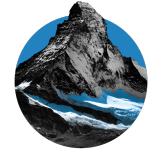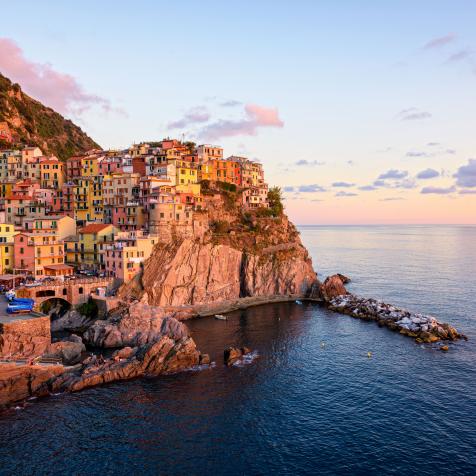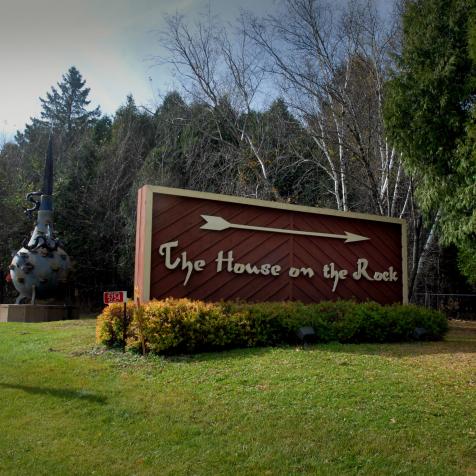
Indonesia's Kawah Ijen Volcano Burns a Brilliant Blue
Indonesia's Kawah Ijen Volcano has an awe-inspiring display of blue light that rivals any natural phenomenon.
Like something out of a science fiction movie, the Kawah Ijen volcano in East Java, Indonesia, lights up the night with a bright blue glow. It's a phenomenon unlike most other volcanoes on the planet, but you can uncover its mysteries with a little science.

Red Lava, Blue Flame
The molten rock flowing from the volcano is the same as any other: it glows with bright red, yellow, and orange hues. And during the day, the smoke rising from the cracks in the ground looks white — again, just like any other volcano. But come night, an awe-inspiring display of blue light rivals any natural phenomenon, as you can see in this video from Nick Uhas.
The effect is caused by the fact that the lava emerges alongside super-hot, high-pressure sulfuric gases. The gases ignite when sparked by the red-hot lava and mixed with oxygen, resulting in brilliant blue flames that can reach as high as 16 feet (5 meters) into the air. The sulfur concentrations are so intense that the blue flame can pour down the side of the volcano, making it look like the lava itself is blue (but, despite what viral images may have you believe, it's not).

Blue With a Dark Side
Though there's a fair share of tourism to the site, the volcanos and craters are not just a tourist destination. They're also a place where miners come to collect sulfuric rock. The miners — both adults and children — spend the day in the heat loading cooled sulfuric rock into baskets, then carrying them nearly two miles to collect their daily payment, which is normally less than $10 even after 12 hours of work. The work isn't just hard; it's hazardous. Chronic sulfur exposure can lead to throat and lung irritation, breathing problems, and risk of lung disease. The awe-inspiring blue of Kawah Ijen has its dark side.
This article first appeared on Curiosity.com.


















